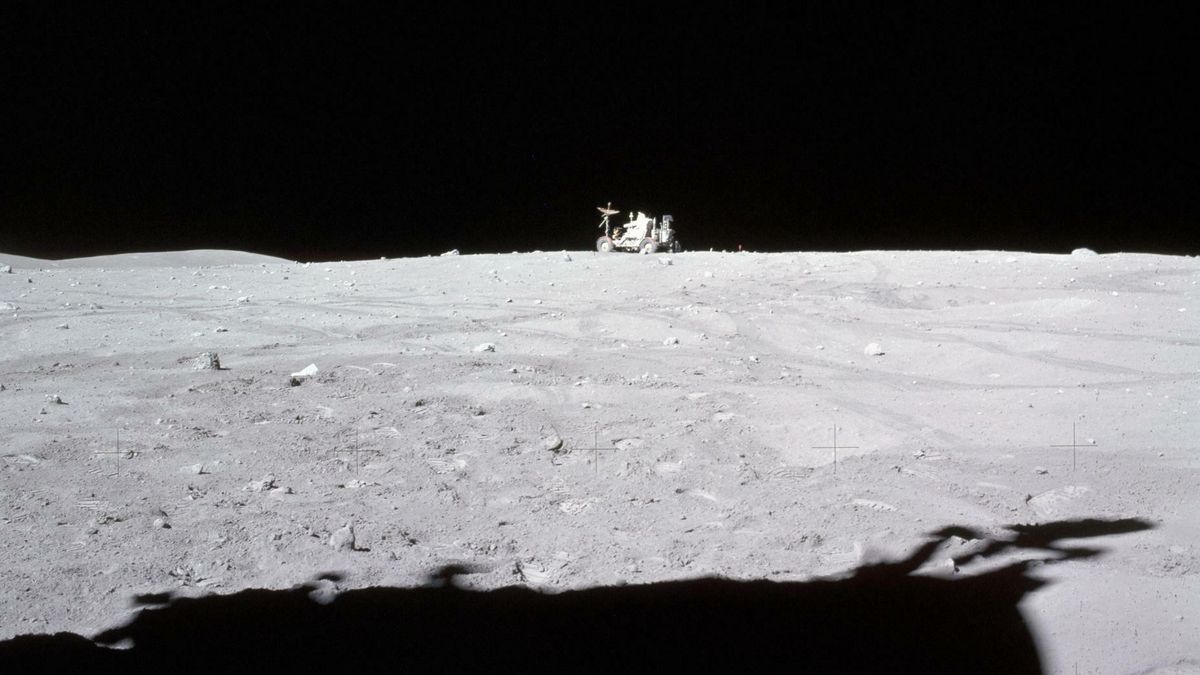JAKARTA - NASA has just celebrated a major moment in the history of lunar exploration. 50 years ago on July 31, 1971, NASA astronauts drove on the Moon for the first time.
Reporting from Mashable, Sunday, August 1, the Moon is not easy to ride. There is no road like on Earth, no oxygen, weak gravity, temperatures range from -280 degrees Fahrenheit to sweltering 260 degrees. And the dust is pretty awful.
But NASA overcame the challenge. In 1971, the fourth Apollo mission successfully landed a crew on the Moon carrying the Lunar Roving Vehicle (LRV) - a two-seater with a top speed of 8 miles per hour. With LRV, astronauts can explore more areas on the Moon than ever before.
The following year, the Apollo 17 astronauts pushed the rover at 11.2 miles per hour. During the Apollo 11 mission, astronauts Neil Armstrong and Buzz Aldrin walked more than half a mile and collected just under 50 pounds of samples. With the rover, Apollo 15 astronauts David Scott and James Irwin covered 17.5 miles and collected about 170 pounds of sample.
Initially, as reported by Engadget, the development of the LRV was problematic due to the problem of the limited testing ground at the time. After all, they couldn't do a test drive in the real world. The team eventually settled on a collapsible design with steel wheels that could safely handle the Moon's low gravity, lack of atmosphere, extreme temperatures, and soft soil.
This LRV can cover a distance of 57 miles, is equipped with four 0.19kW motors and an official top speed of 8MPH. The four vehicles on the Moon cost $38 million and add up to $249 million by 2021.
This vehicle was key to enhancing scientific exploration during the later stages of the Apollo program, and it was also an early example of a practical electric vehicle - humans used battery-powered travel on the Moon decades before the technology became mainstream on Earth.
Now the Moon mission is back in front of NASA's eyes. A crewed trip around the Moon and back is scheduled for 2023 via the Artemis program, with a crewed landing.
NASA hasn't said anything officially about the new rover, but images from the Artemis web page hint at a robot that it claims will become a rover on the Moon, with NASA not having to worry about astronaut safety.
The English, Chinese, Japanese, Arabic, and French versions are automatically generated by the AI. So there may still be inaccuracies in translating, please always see Indonesian as our main language. (system supported by DigitalSiber.id)













